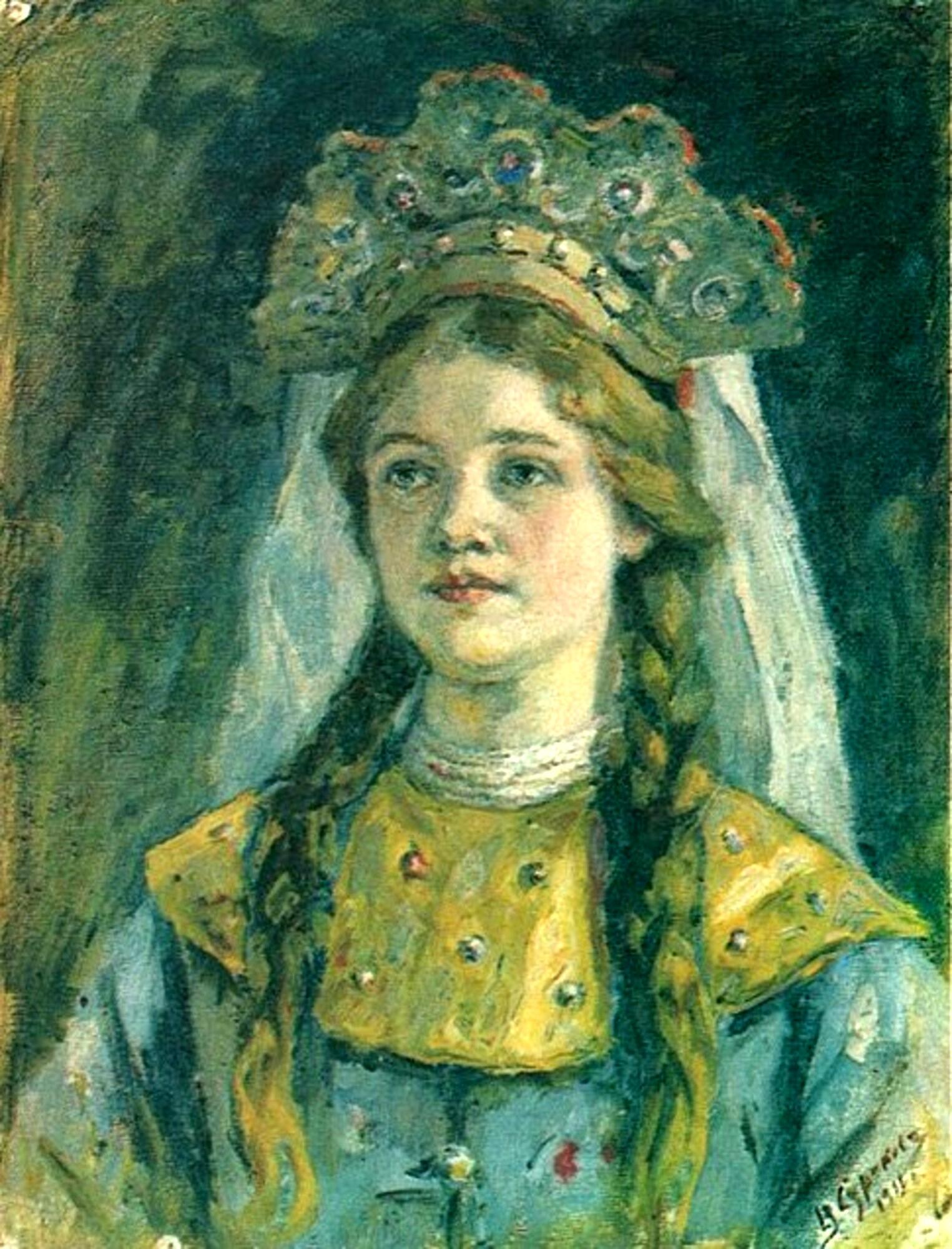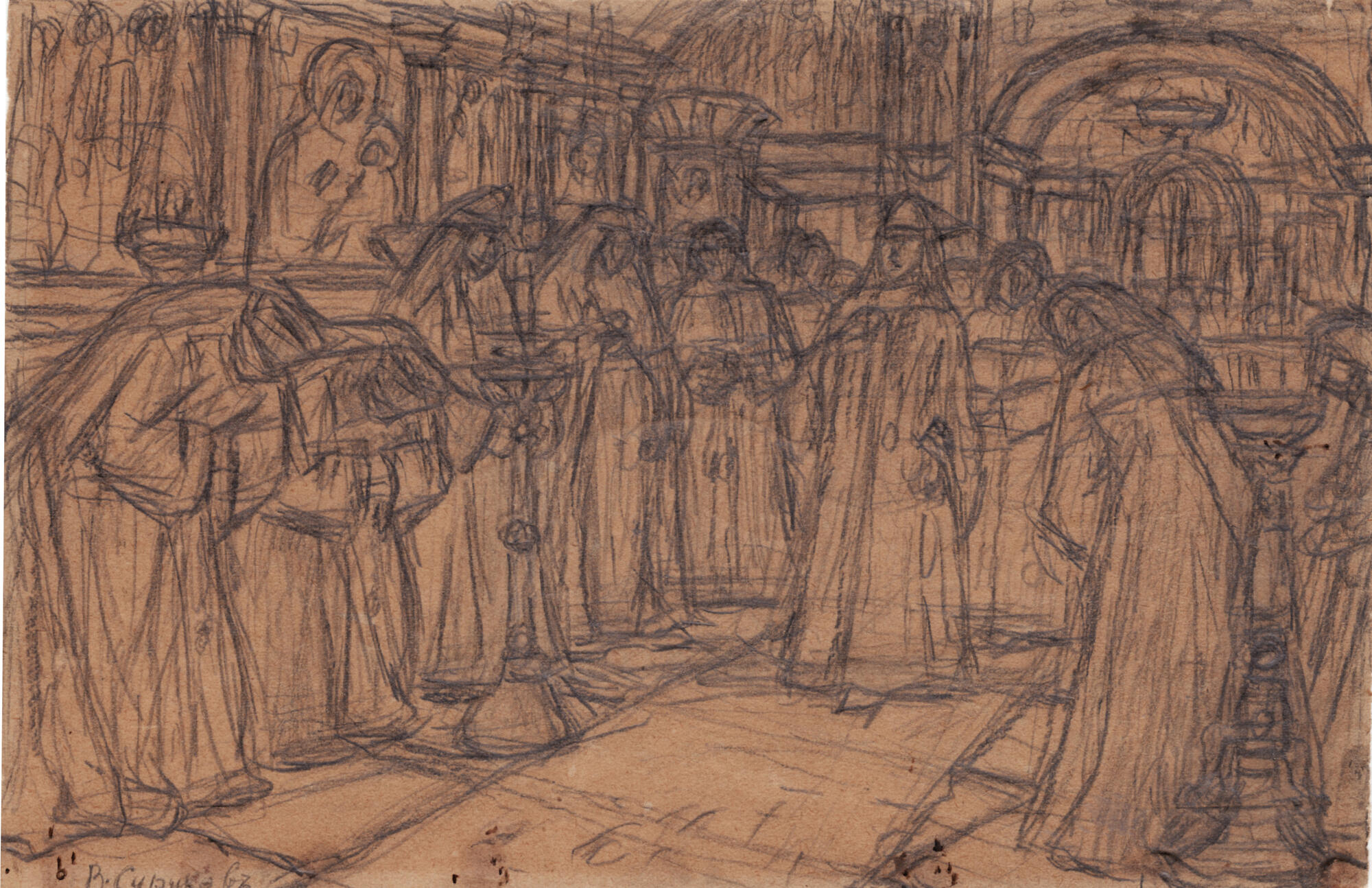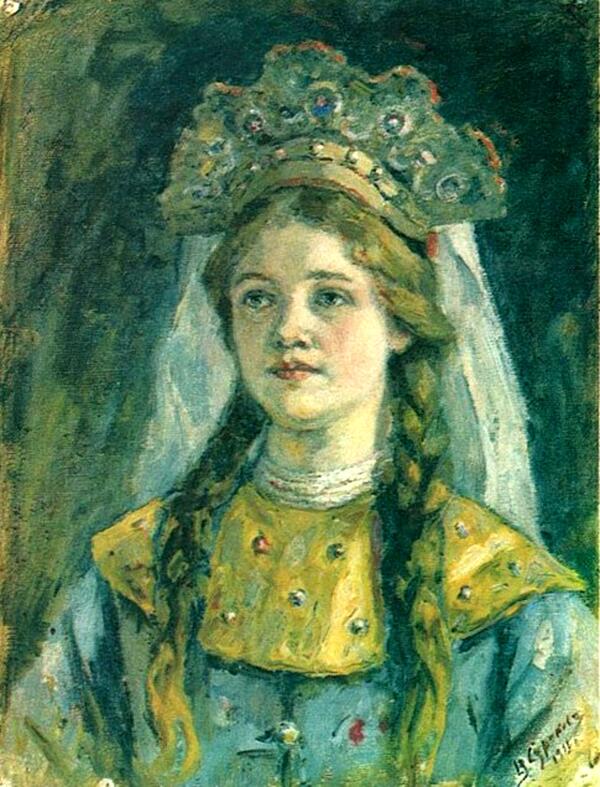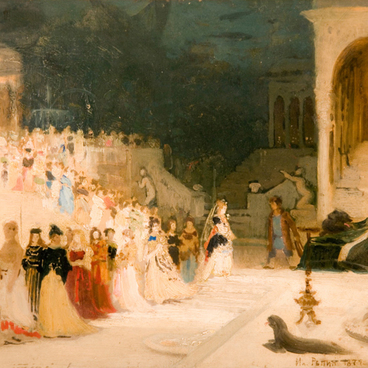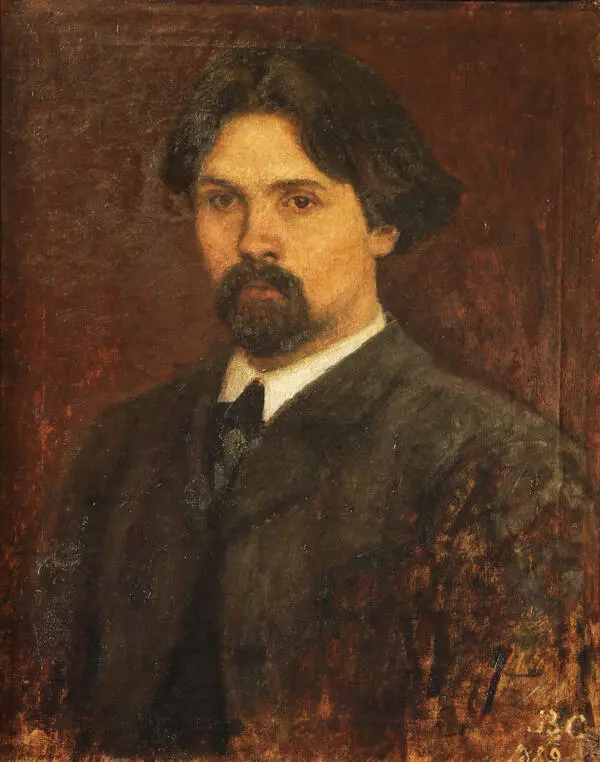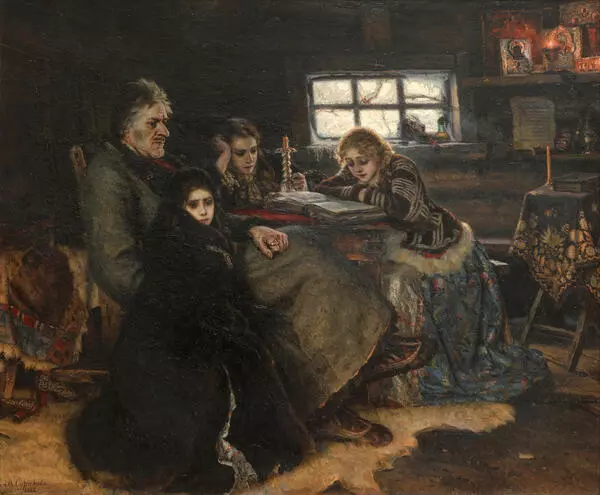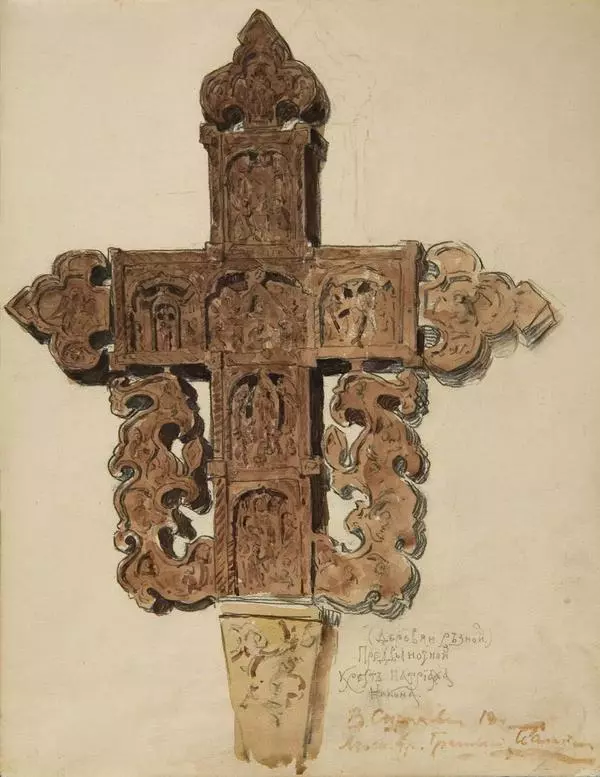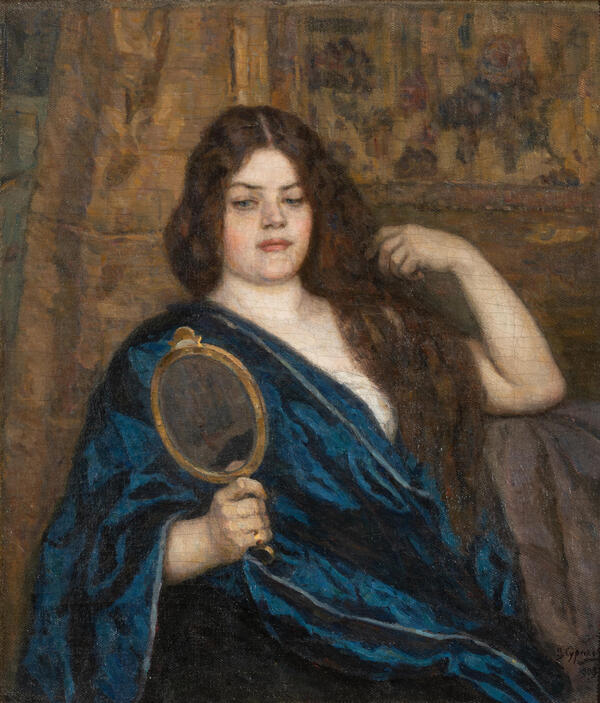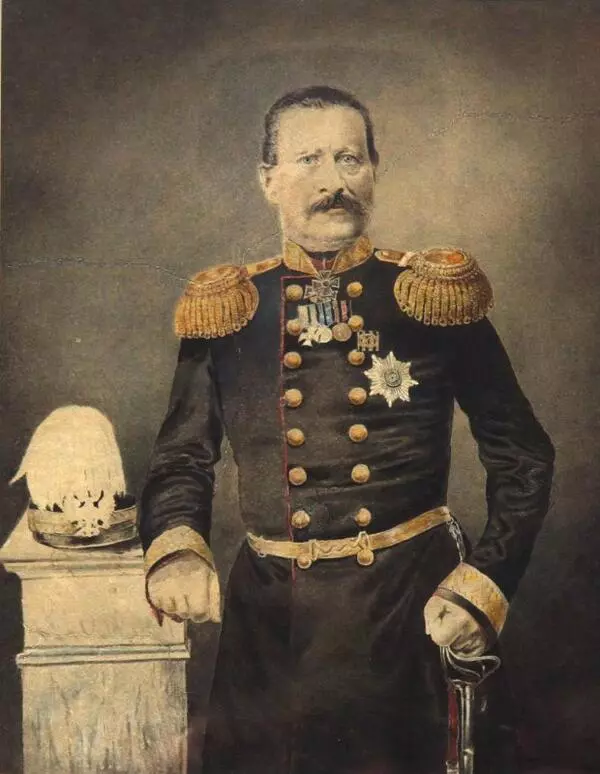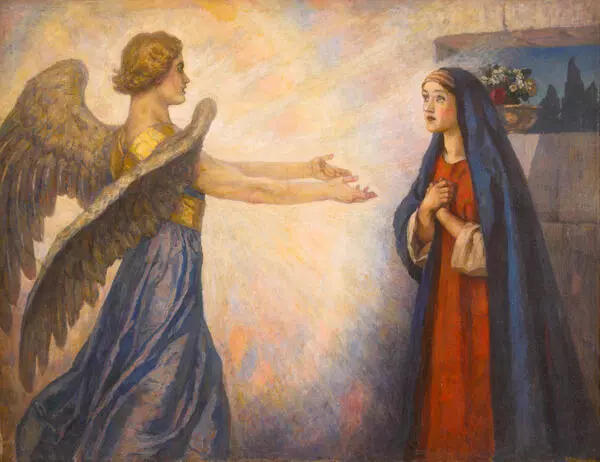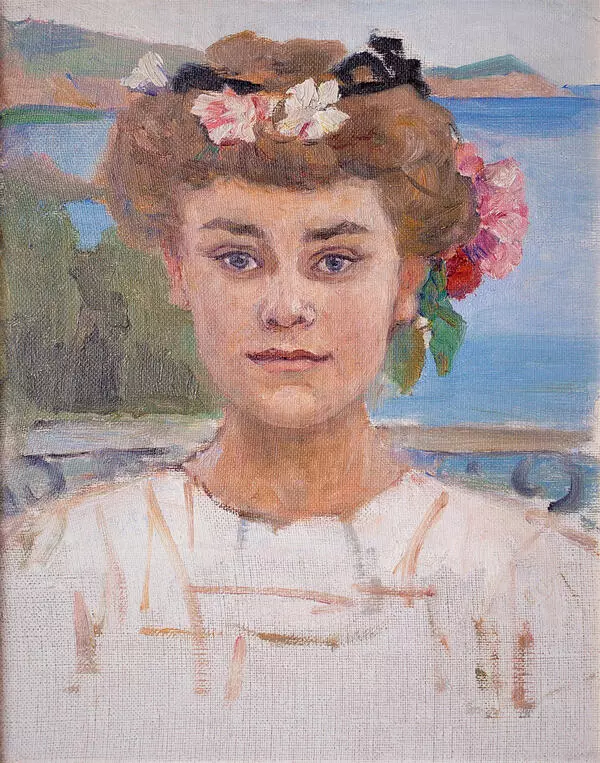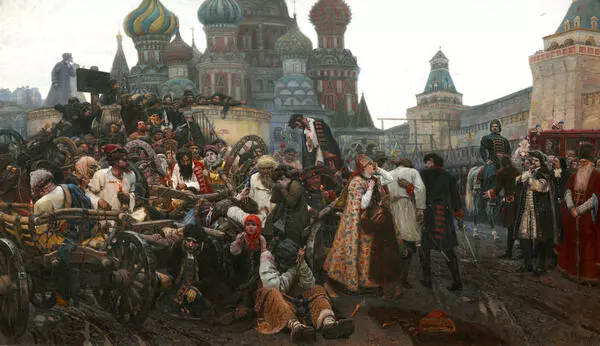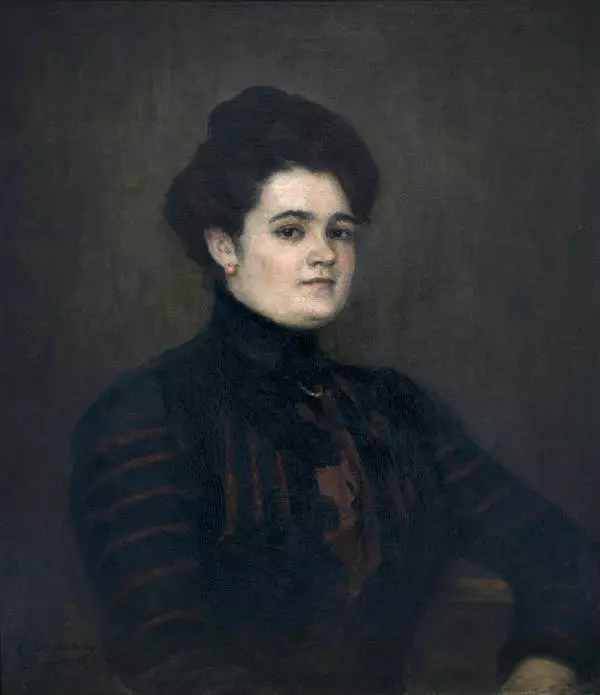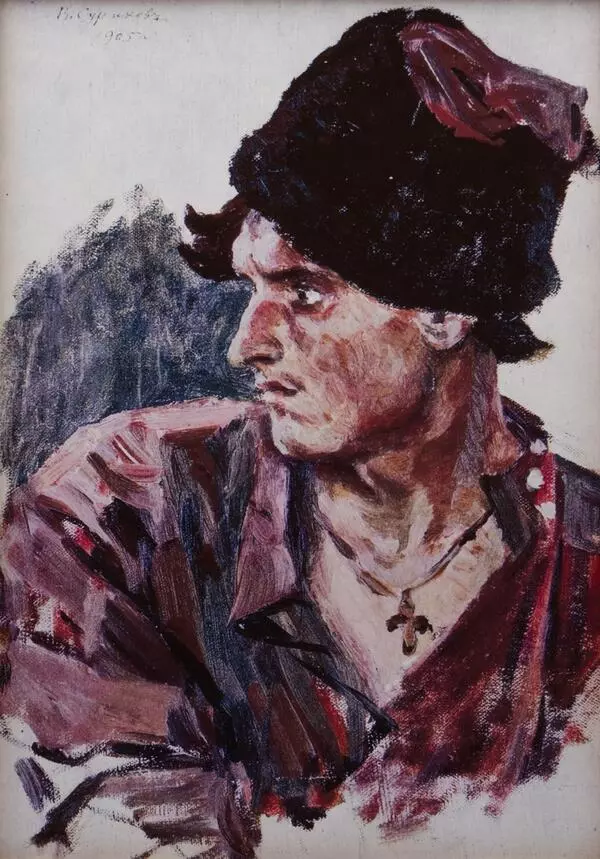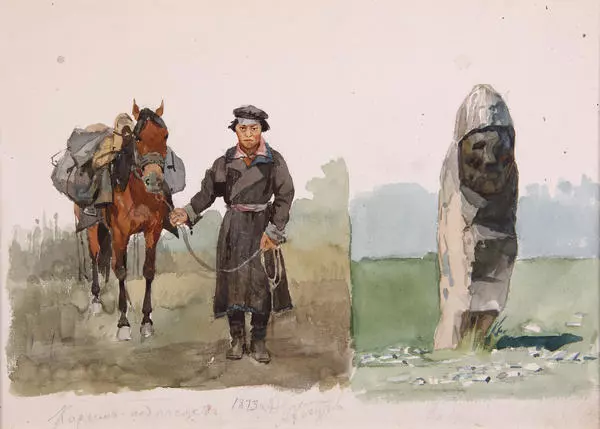Vasily Surikov is a Russian painter, master of large-scale historical canvases, academician and full member of the Imperial Art Academy of Arts.
The image of the tsarevna in a convent did not come to him at once The artist often reread the book by Ivan Zabelin “The Domestic Life of Russian Tsaritsas”, later he became interested in “Domostroy”, a 16th century Russian set of household rules, and in the description of the life of the tower houses.
In her book “The Invaluable Gift” (1978) Natalya Konchalovskaya described in an incredibly interesting way how far from a fairy tale the life of real Russian tsarevna was: “The Tsar”s terem played a cruel role in the life of Russian tsarevnas. The tsar”s daughter could envy any poorest girl, because in any Russian family they tried to “get her away with” - to marry her off. Willingly or unwillingly, she became a wife, housewife, and mother. Only the tsarevnas were deprived of any possibility of the most ordinary human happiness. They could not marry a man not of royal blood, whoever he was a “serf”. Only in fairy tales were the tsarevnas conquered by heroes of the ordinary people, overcoming dangers and evil spells. Neither Russian tsarevnas could marry non-Russian princes, because foreigners were considered heretics, and none of them saw these prisoners who lived locked up, mired in ignorance, the eternal captives of a stuffy terem, surrounded by mothers, nurses, sorcerers and maids. A dark, hysterical, servile world surrounded them, and they had only one way to live: the convent. The tsarevnas brought a rich dowry, and the convents guarded them like a trap of prey. In Surikov’s painting, the tsarevnas, having examined the convent and passed the liturgy, leaves the church. Tsarevna’s hegemon looks at her probingly and expectantly: “Did she like it? ” The old nuns look with curiosity into the bright, charming face of the tsarevna.”
During the preparation process, Surikov made many sketches in pencil, watercolor, and oil, paying special attention to the central figure of the work, the tsarevna. In the article “The Forgotten Painting of Surikov”, Vladimir Kemenov wrote that it was his granddaughter Natalya Konchalovskaya who posed for Surikov, and later it was Anastasia Dobrinskaya, a young girl who lived with her parents in “Knyazhiy Dvor” – the same place where Surikov lived as well. “My sister had a very difficult character. She was a very reserved person. She was extremely uncommunicative, did not have friends. Stubborn, self-willed, extremely shy, she dreamed of going to a monastery after graduating from high school… She trusted Vasily Surikov with all her secrets and shared her dreams with him… “- recalled Galina Chentsova, nèe Dobrinskaya.
The study of the tsarevna”s portrait is more spontaneous and cheerful than the final canvas. The study represents a young rosy-cheeked girl in a royal dress, and it is filled with light and painted in warm colors. As in all his historical works, Surikov paints in detail every element of clothing and jewelry as living signs of a past era. This also applies to the decoration of the church, and all the characters present on the final canvas. In the painting, the tsarevna is noticeably paler, her whole appearance seems colder in comparison with the study. On all sides, the tsarevna is surrounded by nuns, but she is completely alone in the hopelessness of her path, as if she accepts the inevitable and enters the threshold of another life.
The image of the tsarevna in a convent did not come to him at once The artist often reread the book by Ivan Zabelin “The Domestic Life of Russian Tsaritsas”, later he became interested in “Domostroy”, a 16th century Russian set of household rules, and in the description of the life of the tower houses.
In her book “The Invaluable Gift” (1978) Natalya Konchalovskaya described in an incredibly interesting way how far from a fairy tale the life of real Russian tsarevna was: “The Tsar”s terem played a cruel role in the life of Russian tsarevnas. The tsar”s daughter could envy any poorest girl, because in any Russian family they tried to “get her away with” - to marry her off. Willingly or unwillingly, she became a wife, housewife, and mother. Only the tsarevnas were deprived of any possibility of the most ordinary human happiness. They could not marry a man not of royal blood, whoever he was a “serf”. Only in fairy tales were the tsarevnas conquered by heroes of the ordinary people, overcoming dangers and evil spells. Neither Russian tsarevnas could marry non-Russian princes, because foreigners were considered heretics, and none of them saw these prisoners who lived locked up, mired in ignorance, the eternal captives of a stuffy terem, surrounded by mothers, nurses, sorcerers and maids. A dark, hysterical, servile world surrounded them, and they had only one way to live: the convent. The tsarevnas brought a rich dowry, and the convents guarded them like a trap of prey. In Surikov’s painting, the tsarevnas, having examined the convent and passed the liturgy, leaves the church. Tsarevna’s hegemon looks at her probingly and expectantly: “Did she like it? ” The old nuns look with curiosity into the bright, charming face of the tsarevna.”
During the preparation process, Surikov made many sketches in pencil, watercolor, and oil, paying special attention to the central figure of the work, the tsarevna. In the article “The Forgotten Painting of Surikov”, Vladimir Kemenov wrote that it was his granddaughter Natalya Konchalovskaya who posed for Surikov, and later it was Anastasia Dobrinskaya, a young girl who lived with her parents in “Knyazhiy Dvor” – the same place where Surikov lived as well. “My sister had a very difficult character. She was a very reserved person. She was extremely uncommunicative, did not have friends. Stubborn, self-willed, extremely shy, she dreamed of going to a monastery after graduating from high school… She trusted Vasily Surikov with all her secrets and shared her dreams with him… “- recalled Galina Chentsova, nèe Dobrinskaya.
The study of the tsarevna”s portrait is more spontaneous and cheerful than the final canvas. The study represents a young rosy-cheeked girl in a royal dress, and it is filled with light and painted in warm colors. As in all his historical works, Surikov paints in detail every element of clothing and jewelry as living signs of a past era. This also applies to the decoration of the church, and all the characters present on the final canvas. In the painting, the tsarevna is noticeably paler, her whole appearance seems colder in comparison with the study. On all sides, the tsarevna is surrounded by nuns, but she is completely alone in the hopelessness of her path, as if she accepts the inevitable and enters the threshold of another life.
